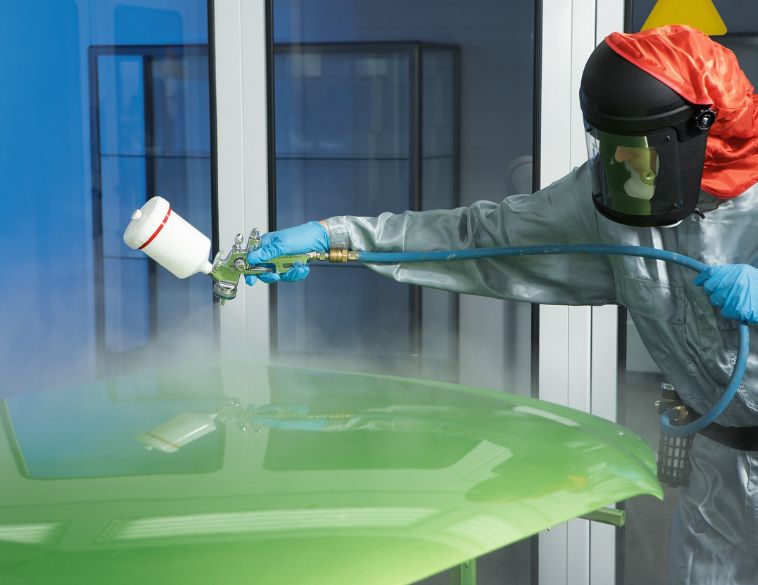One of the challenges we face every day is: how can we be more competitive in the marketplace?
Collisions must be efficient and profitable if they are to prosper in the long term. It is essential to identify the steps involved in becoming more efficient by using less to generate profits.
The first step is to know what you have. Take stock and see what’s being used. Simplify your inventory in every possible way. For example, how many grains of sandpaper do you have on hand? There should be no reason, for example, to have P500 and P600 grit paper. They both have a similar cut and choosing one will save on inventory costs and simplify the job.
Standardising operations
The second step is to create standard operating procedures with your paint manufacturer, for example to have a standard process for each stage of work. When everyone carries out operations in the same way, quality is consistent and there are fewer defects. Trade-ins are very expensive. You have to repeat the work, and cannot work on another vehicle in the meantime.
The third stage involves grouping the parts to be primed, sealed and varnished where possible. If you group these operations for more than one work order, the products will only have to be mixed once, the gun will only have to be cleaned once and only one quantity of waste will be created. Imagine the time and solvent savings if you could combine operations, even half the time.

Choosing the right products
The fourth step is to make sure you use the right hardeners and thinners. This will enable you to apply the right amount of coating. Additives that are applied too quickly can create a situation where you have to slow down during application to get a good spread and apply more material than necessary.
The fifth step is to check your equipment. Use the right spray gun, not your favourite. This will create the best appearance of the finish by applying the right amount of product. Avoid using the same gun for everything.
Adjust your cab to suit the conditions. In winter, the air in the cab is dry because it is heated. Avoid raising the temperature too much to avoid drying out the air even more.
This will allow the base coat to apply better, save paint and enable you to apply the right amount to achieve the desired opacity. Once the paint has been applied, the temperature can be increased during evaporation.
Avoid overlap in application
The final step is to minimise overlap between sections. Most people apply cladding panel by panel. At each point where the gun stops, there is double the amount of varnish in the overlap area. Try to cover as large an area as possible rather than painting panel by panel. This will minimise overlap areas and potentially save product.
Following the steps above is an excellent start to becoming more efficient and profitable. Nothing changes if you do the same thing over and over again.



